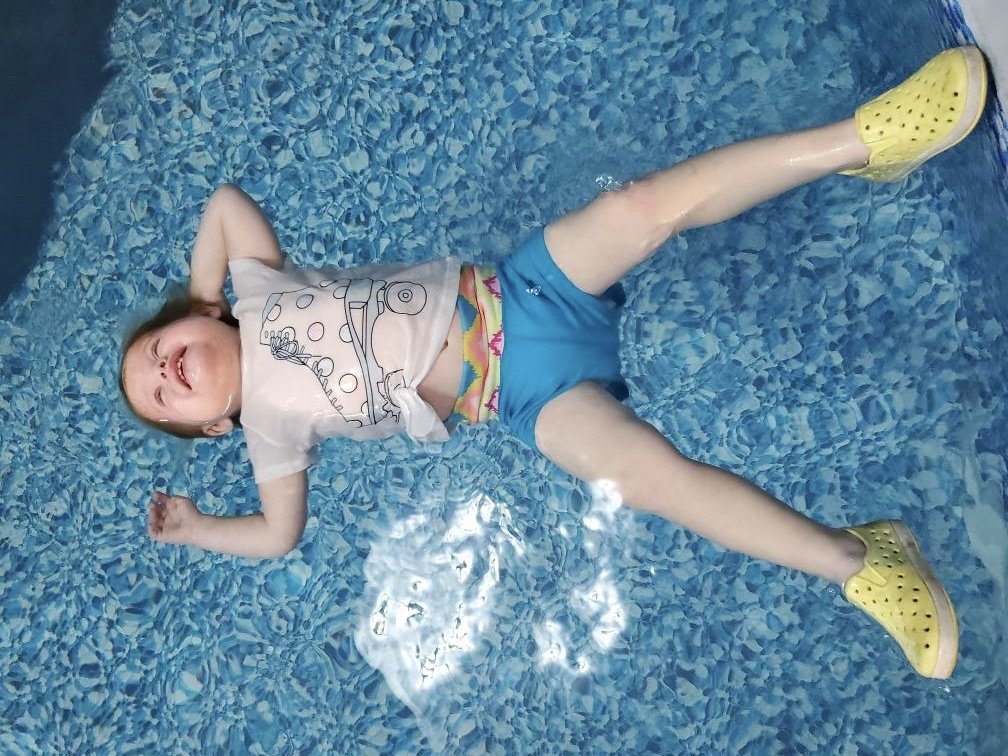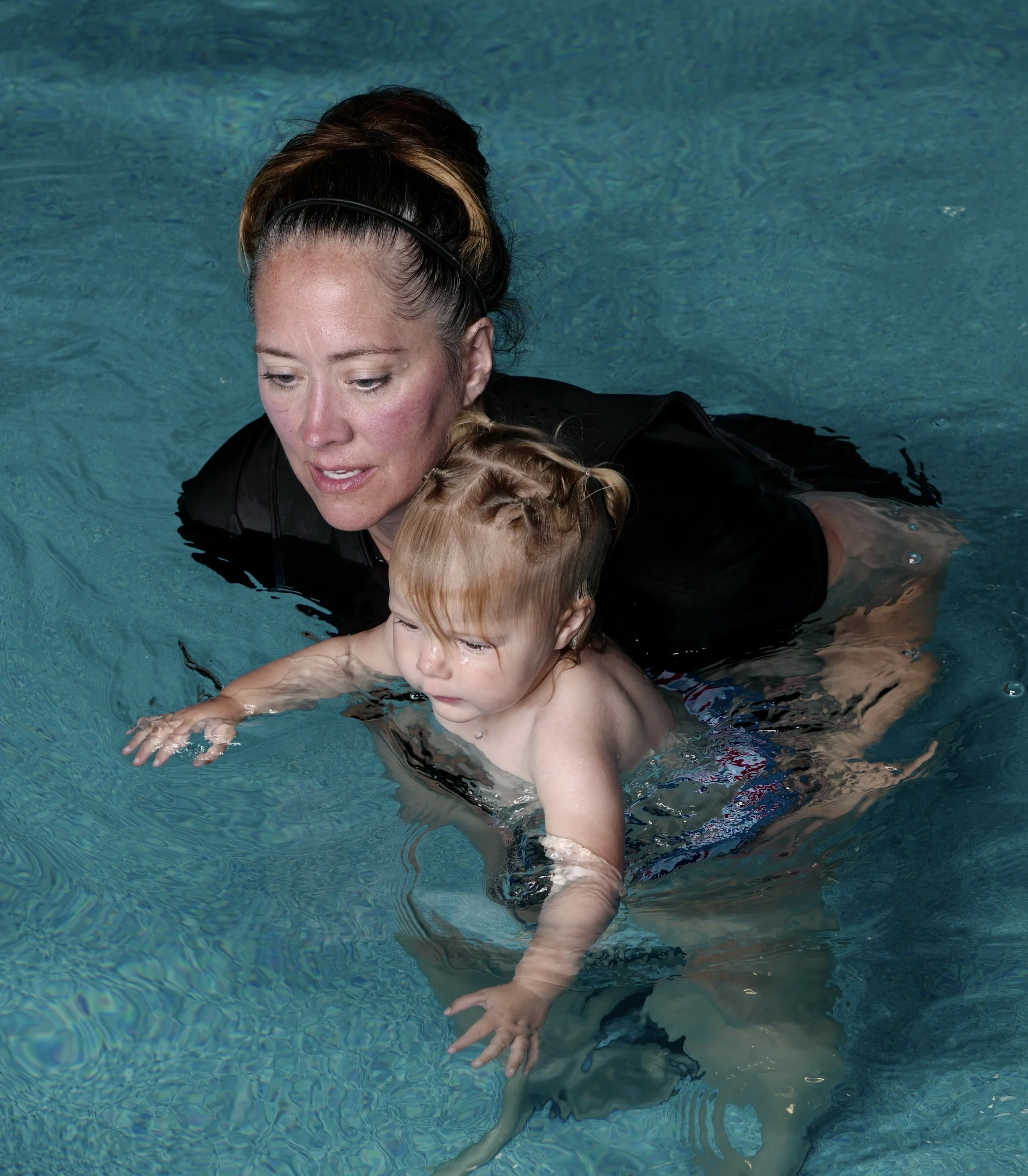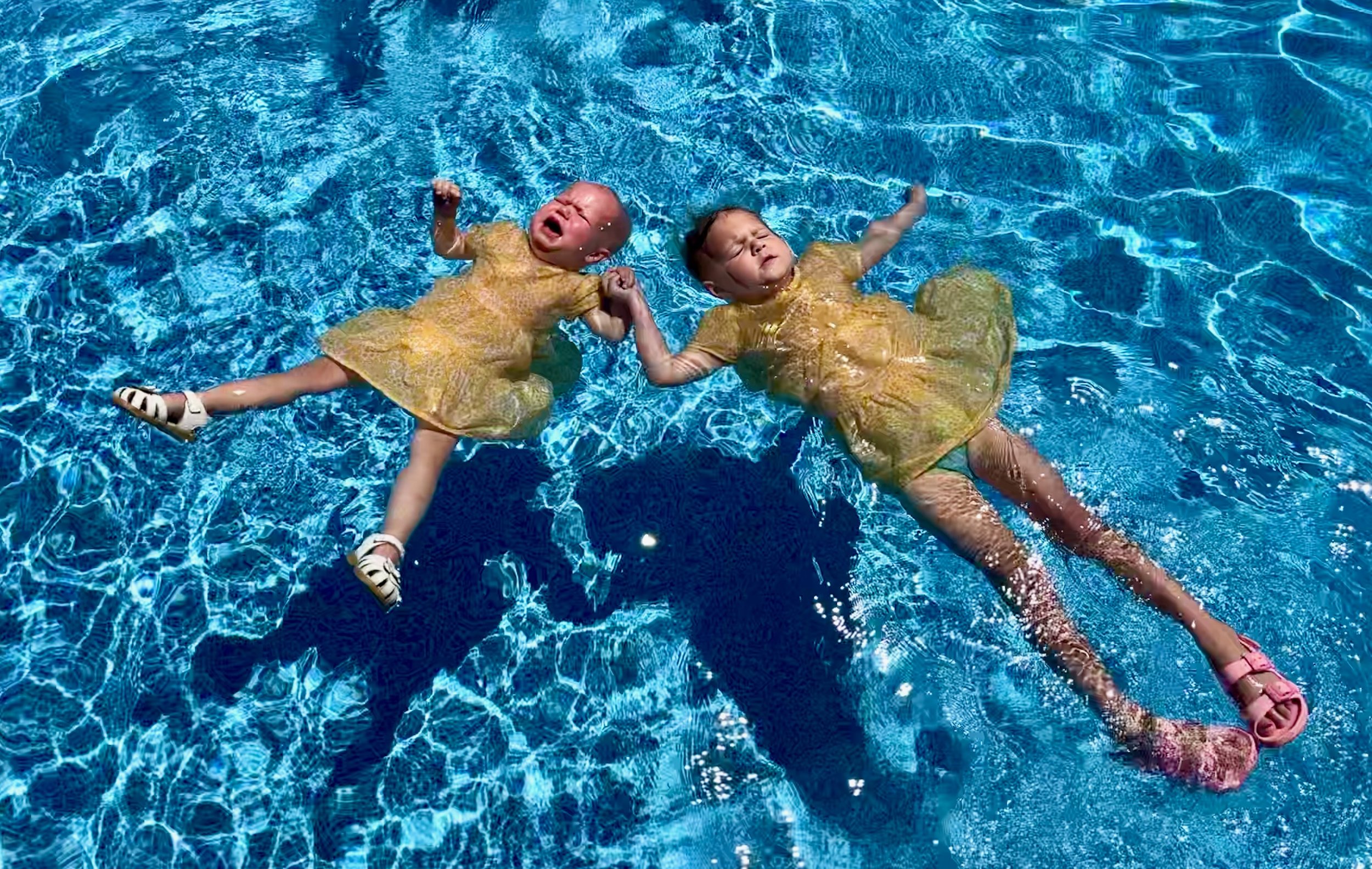
Frequently Asked Questions
Why Deep Water Infant Aquatics®?
-
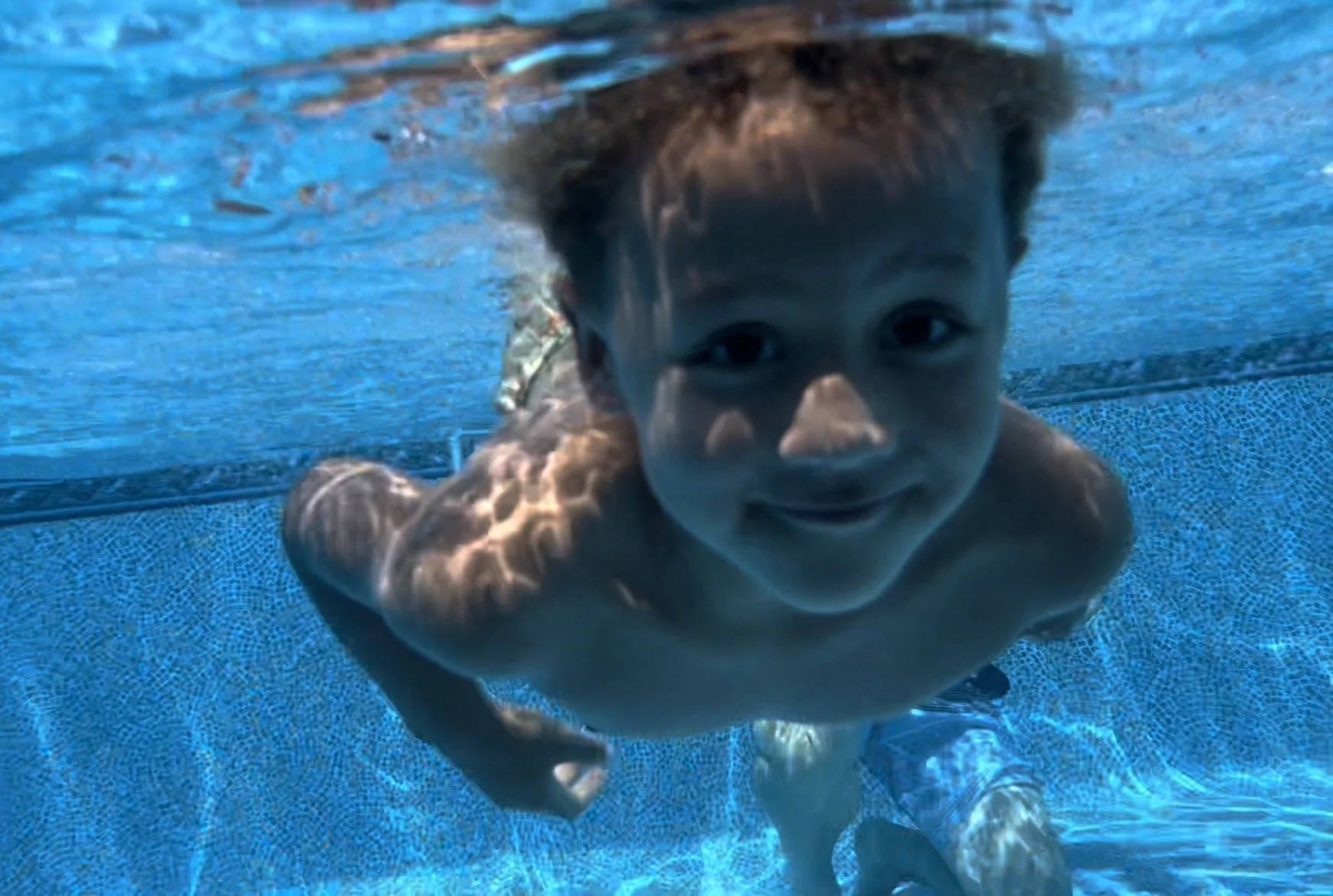
Why do the lessons cost so much?
Lessons are private, one-on-one lessons with Ann. Less expensive lessons are most likely group lessons, and are not tailored to your child’s specific needs. This typically means that your child will need less lessons with Deep Water Infant Aquatics® than with other programs, which often times makes Deep Water Infant Aquatics® the less expensive option, overall.
No two children’s lessons are the same because each child comes to Deep Water Infant Aquatics® with different swimming experiences, capabilities, etc. Private swim lessons are a financial and time commitment, so Deep Water Infant Aquatics® encourages potential new clients to do their research on other swim programs in the area and ask questions.
-
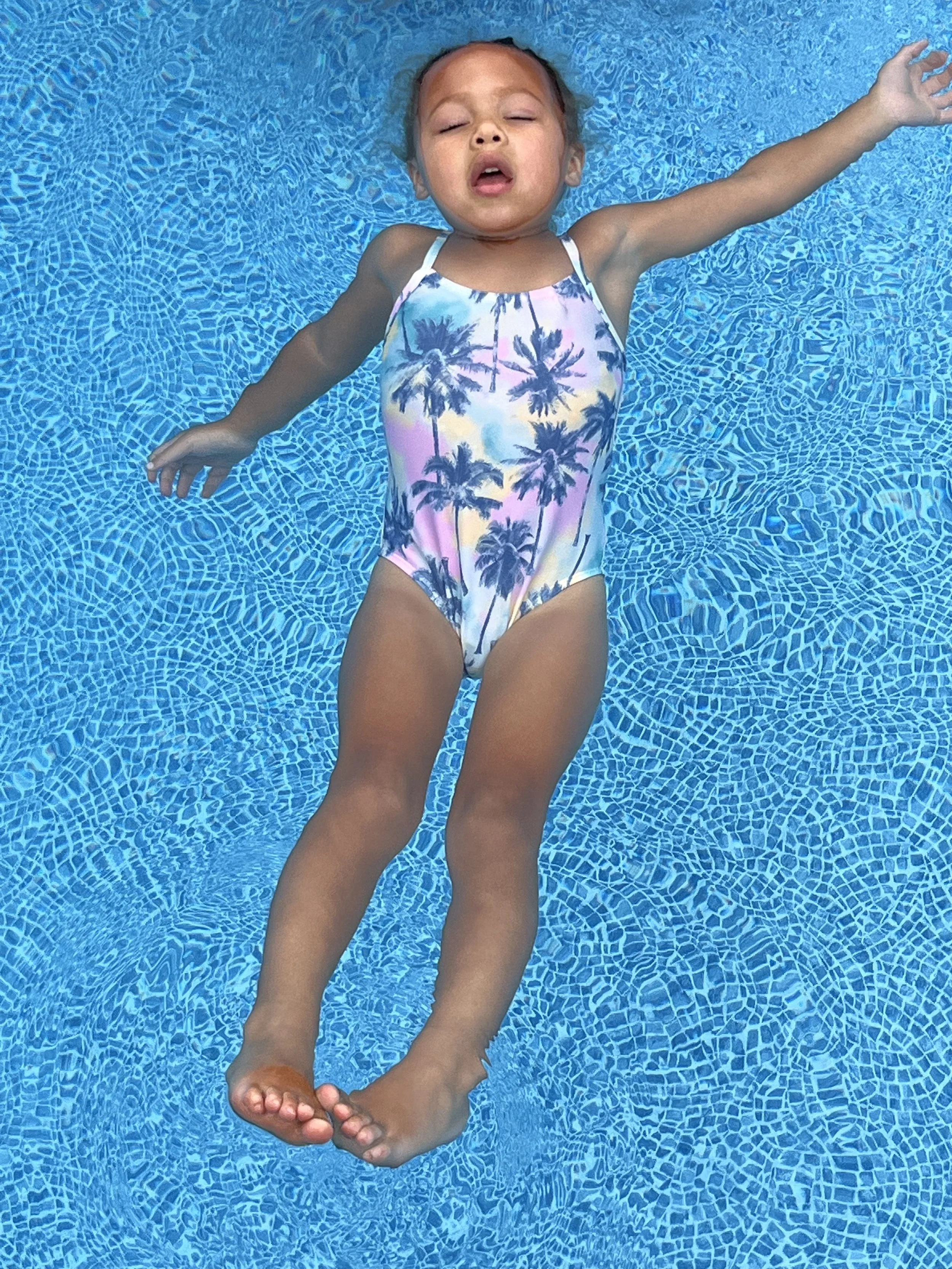
Why are lessons only 10 minutes long?
In order for children to learn and retain the skills to be a proficient swimmer in a timely fashion, consistency and frequent repetition are key.
In addition, since lessons are private, your child does NOT spend any time waiting on the side of the pool for their turn. Ten minutes of continuous work and swimming is extremely tiring. Think about how you would feel after swimming for 10 minutes straight.
-
What can infants and toddlers/ children learn?
Ages 9 months through approximately 16 months (crawling and beginning to walk): Children who are too young to walk fully on their own, are taught to roll themselves onto their backs into a stable float so they are able to breathe until someone comes to their aid.
Ages 18 months and older (fully walking independently): Children who are fully walking are able to learn the full swim-float-swim sequence. This means that your child will learn how to swim efficiently and properly with their head down and eyes open. Once they feel they need air and/or are becoming fatigued, they roll themselves onto their backs to take a few breaths while resting, and if comfortable enough, turn back over to continue swimming. Your child repeats this process until they reach their destination, such as the end of the pool where they can at that time get themselves out of the water on their own.
